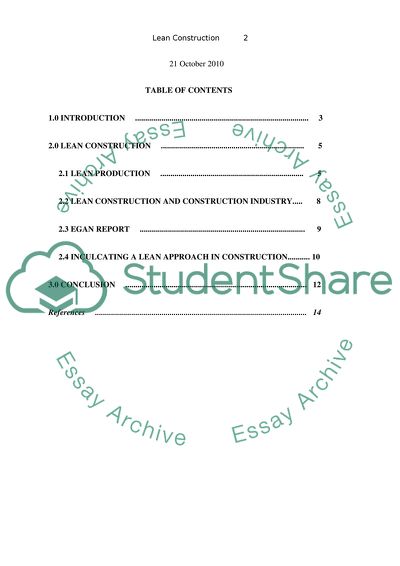Cite this document
(Lean Construction Term Paper Example | Topics and Well Written Essays - 3000 words, n.d.)
Lean Construction Term Paper Example | Topics and Well Written Essays - 3000 words. Retrieved from https://studentshare.org/engineering-and-construction/1743291-lean-construction-in-the-construction-industy
Lean Construction Term Paper Example | Topics and Well Written Essays - 3000 words. Retrieved from https://studentshare.org/engineering-and-construction/1743291-lean-construction-in-the-construction-industy
(Lean Construction Term Paper Example | Topics and Well Written Essays - 3000 Words)
Lean Construction Term Paper Example | Topics and Well Written Essays - 3000 Words. https://studentshare.org/engineering-and-construction/1743291-lean-construction-in-the-construction-industy.
Lean Construction Term Paper Example | Topics and Well Written Essays - 3000 Words. https://studentshare.org/engineering-and-construction/1743291-lean-construction-in-the-construction-industy.
“Lean Construction Term Paper Example | Topics and Well Written Essays - 3000 Words”, n.d. https://studentshare.org/engineering-and-construction/1743291-lean-construction-in-the-construction-industy.


